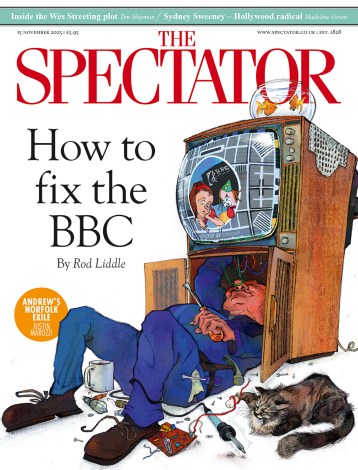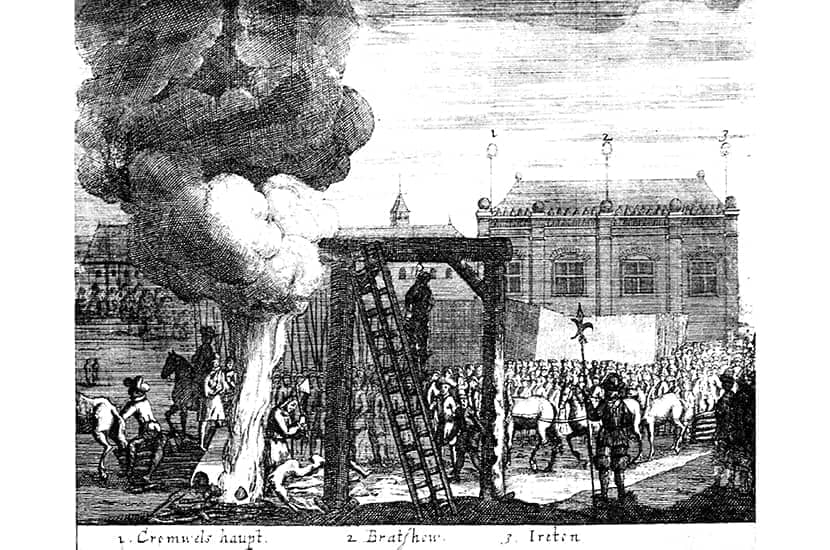When the Restoration of the Stuart monarchy, in the person of that ‘lovely black boy’ Charles II, was announced in May 1660 it was with a flourish of public amnesia. Charles had, it was declared, already been king for 11 years, from the moment in January 1649 when his father had been unlawfully executed.
Such acts of contrived forgetting were not unprecedented in English history. William the Conqueror effaced Harold’s short reign from the records and Henry VII did much the same for Richard III. But 11 years was ambitious. And this forgetting would be expected not of people on whose daily lives the great affairs of state barely impinged, as might have been the case for many in the Middle Ages when a royal bloodletting substituted one crowned head for another. Hardly anyone was left untouched by the seismic events of the 1640s and ’50s in Britain. War, regicide and the abolition of the monarchy, lords and bishops were all accompanied and amplified by a vigorous and intermittently free press which ensured that tidings became truly public.
Even the people bringing Charles II ‘back’ didn’t know what he looked like
In fact, if there was a gap in public knowledge, it was of the new/old king. That arresting description of him as a ‘lovely black boy’, quoted by Anna Keay in her compelling history of these ‘forgotten’ years, was given by a friend of Anne Monck, the wife of General Monck, the man who became instrumental in restoring the king. Anne had had a dream in which a black-haired man lifted a crown from a dungheap, and she had turned to the friend, who had seen Charles as a boy, for confirmation that the figure could be him. In other words, even the people bringing Charles II ‘back’ were so unfamiliar with him that they didn’t know what he looked like.
As the years of ‘Britain without a crown’ have receded further into the past, however, the Restoration sleight of hand looks as if it has worked. We remember Oliver Cromwell, but more as the indomitable general of the civil war and vengeful destroyer of Ireland than as the man who had a dysfunctional relationship with the newly minted republic or, after that, as its quasi-monarchical Lord Protector.
Keay brings this world back to life in impeccably sourced, arresting detail. She approaches her subject through nine individuals, some better known than others, but all providing an impressive panorama of this unfamiliar landscape. Among them is John Bradshaw, the lawyer and true believer in the republic, who steeled himself to preside over the court that condemned Charles I to death. That was the role for which his corpse, along with those of two other dead regicides, Cromwell and Henry Ireton, was exhumed – his ‘winding sheet… still wet from the seeping fluids of decay’ – and hanged at Tyburn. Some things were not to be forgotten.
Keay traces Bradshaw’s career as president of the council of state, a thankless task into which he threw himself wholeheartedly. It was in this capacity that he first heard of another of Keay’s subjects, the ‘Digger’ Gerrard Winstanley. Keay shows empathy for all her characters, which doesn’t mean she approves of all their actions. In the case of Winstanley, the man who led a small group of like-minded folk to sow common land at St George’s Hill in Weybridge, she paints a picture of a Gandhian naif among some very hard-faced adversaries. Hardest of them all, she shows, were not the buff-coated captains of the New Model Army but a local clergyman, ‘Parson’ Platt, married to the mother of the lord of the manor to which Winstanley moved operations when his first venture failed. Platt attacked Winstanley’s plantation and torched its little temporary houses. The limits of revolution were starkly revealed. True to her refusal to confine personages to specific historical moments, Keay mentions later that, after the Restoration, Winstanley ‘re-entered the world of trade he had once denounced as theft’.
This was a time when women had more influence than ever before. As well as Anne Monck, the seamstress who married the man who would bring back Charles II despite the fact that her first marriage was not strictly dissolved, there is Anna Trapnel, the religiously inspired ‘Fifth Monarchist’. We first meet her as the victim of what appears to be a psychotic episode; but she managed, despite the manipulation of politically motivated men, to carve out a role for herself in the religious ferment of the day. And, most formidably, there is the Countess of Derby, a French-born royalist, who held out for as long as possible against parliament, and could nurse an equally attenuated grudge against her own son.
Keay not only brings these figures to life; through them, she allows us to imagine an alternative Britain, very far off but with some oddly familiar trappings of modernity.






Comments